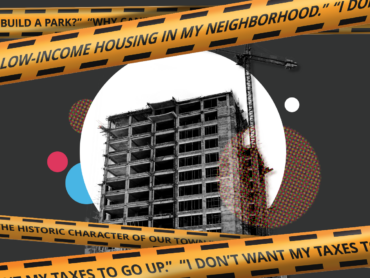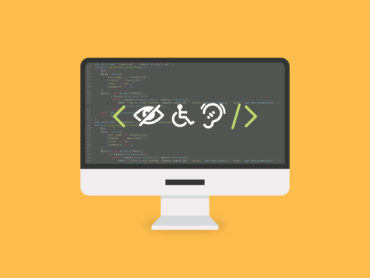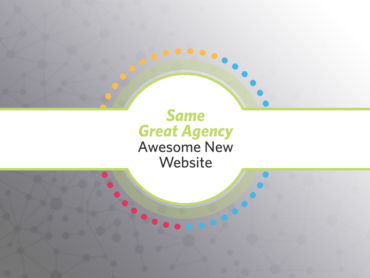Good Community Relations Do Not Come with Free, Two-Day Shipping
To the disappointment of those who looked forward to Amazon bringing their much-celebrated HQ2 to Long Island City, the dream is officially dead. With their almost poetically-timed announcement on Valentine’s Day, Amazon’s HQ2 and the 25,000 jobs it promised to bring with it are taking a permanent break from New York City. Bowing to local opposition, Amazon pulled out of the ambitious and potentially transformative project leaving behind a trail of New York state lawmakers, local leaders, and the business community pointing fingers at each other.
Why did this happen?
Who is to blame?
Where do we go from here?
But on the other side of the equation, Amazon is now in the midst of serious self-reflection. How could a project with so many obvious benefits fall apart so quickly? Why didn’t the public get on board?
As they ponder those questions to better prepare for their next foray into highly-publicized real estate transactions, others looking to this debacle can take three valuable lessons about community relations with them.
Transparency is key
It has never been more important to be transparent. As sports owners have seen in their never-ending quest to secure publicly-financed stadiums, people are quickly getting wise to the tricks that can be used to push massively subsided real estate projects through municipal planning boards. Several teams like the Oakland/Los Angeles/Las Vegas Raiders and Washington Redskins of the NFL find themselves grasping at straws in their search for new homes due to public opposition.
In the case of Amazon, the secrecy surrounding the initial selection process left many suspicious. What would they be hiding from the public? This is especially galling to members of the public when the availability of public money was a known core piece of the selection process.
The moment that Amazon’s massive tax subsidies were made public, red flags were raised across the local community and the state. For both the state of New York and Amazon, attempting to withhold or obscure the extent of these subsidies turned out to be a mistake that even the promise of jobs could not overcome.
Through revealing potentially derailing information early in the process, members of the public can be assured that they are not being kept in the dark and mutual trust can be assured. As Amazon and New York witnessed firsthand, their attempts to obscure these important details to protect the process helped undo the whole project.
Do not rest on your laurels
Although there is perhaps no company more famous and known than Amazon, even they can be prone to a lack of effective messaging. Immediately upon announcing that Long Island City was named as one of the winners of the HQ2 program, the local community had questions that were never effectively answered by Amazon. Between traffic, housing, infrastructure and other issues, Amazon appeared to be ill-prepared to assuage the fears of the local community and assumed that the promise of 25,000 jobs and shiny new offices would be enough. It was not.
Coupled with the amount of public funding provided to Amazon, the community realistically foresaw the potential that Amazon and their 25,000 jobs would overburden public transit, drive up home prices, and flood local public schools while leaving the communities without the money to upgrade these vital community services.
As companies look to develop in mature, established communities, they must have a game plan in place for proactively messaging around the potentially far-reaching side effects of large or even small-scale development.
Know thy audience
Lastly and perhaps the most important piece of this failure, is a lack of effective audience research. Based on how the project was communicated, it looks like Amazon strictly attempted to interface with municipal leaders and hoped that their support of the project would overcome any local opposition. The promise of jobs, although powerful, only speaks to one audience. For those living in the communities and their elected leaders, jobs at Amazon won’t help when their rent triples or their affordable neighborhood grocery store is forced out for a pricey Whole Foods.
It is vitally important in any community messaging plan, that a brand truly understands the entire audience they are trying to speak to not just the part of the audience they feel most comfortable speaking to.
Not just for Amazon
In our hyper-connected world, the community relations aspect of real estate projects has never been more complex. Community opposition can move much quicker and share information much more efficiently to counter those hoping to build a project in their backyards. Unfortunately for developers, the same playbook no longer applies for how you effectively communicate with a community. More so than in previous years, proactive, audience-specific messaging is vital in keeping projects on the tracks.
At R&J Strategic Communications, we take great pride in working with some of the state’s most prominent developers to help them accurately and effectively communicate their projects to local communities. Interested in learning more about how we can help? Contact me to today at djohnson@randjsc.com.





















































































